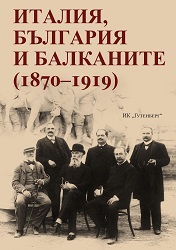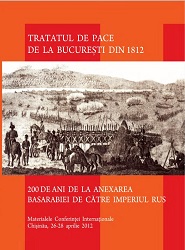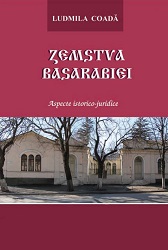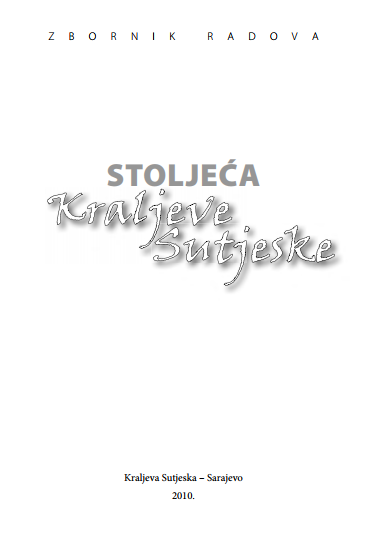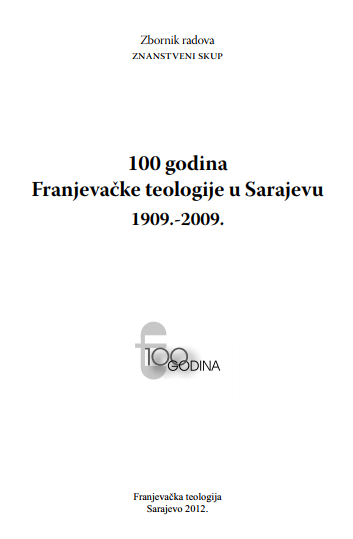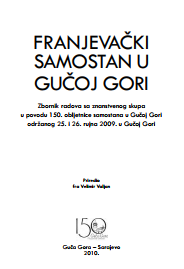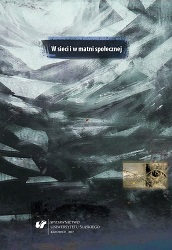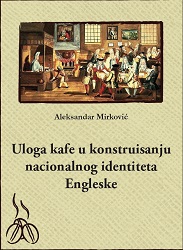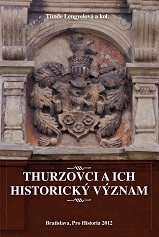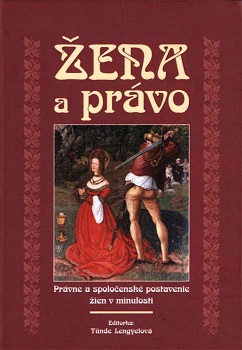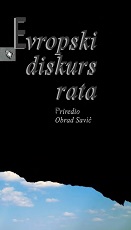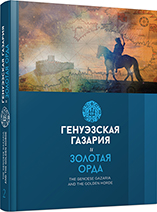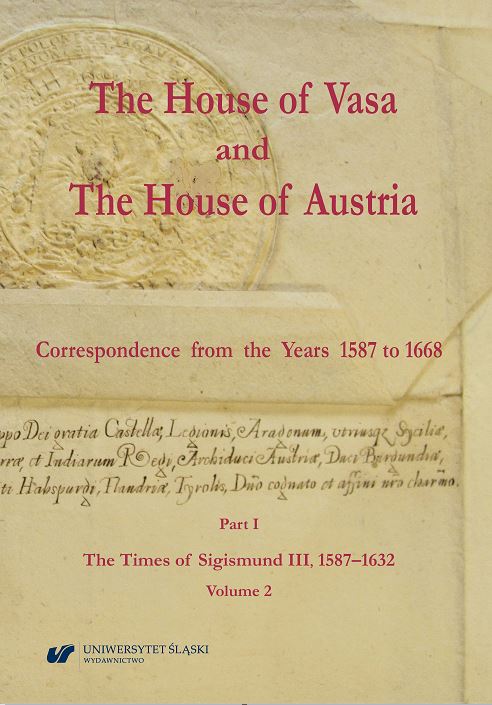Author(s): Tünde Lengyelová / Language(s): Slovak
Publication Year: 0
Violence on women is a problem deeply rooted in society, a phenomenon formed by power relations between the sexes as well as by social institutions. The idea of dominance of men had prevailed in most of societies and was reflected in their laws and customs. The attitude of men towards women has been always controversial, oscillating between attraction and loathe, fascination and hatred. The cause of many negative feelings was fear - stemming from ignorance and differences between sexes. Such conflicting feelings are present in biblical Judaism as well as in Greek and Roman classical literature. Later, Christian theologians as well as medical science contributed greatly to this process. Lawyers quoted the law to justify women's inferior status. In literature, women were either idealised or denounced.According to modern studies, there are four correlations that contribute to the occurrence of gender violence: 1.habit of violent solution of conflicts, 2. economic differences between men and women, 3. masculine ideal of dominance, 4. economic and decision-making authority of men in the family. The situation in the early modern Hungary was particularly critical. In the world with ubiquitous threat of losing one’s life, violence became a form of survival. It is in this light that the shift from traditional norms such as brotherly love, towards rough treatment and violence in interpersonal behaviour should be explained. Apart from physical aggression on women, there are other forms of behaviour, such as mental cruelty, humiliation in the public or enforced compliance with demands of the stronger that are classified as violent. Violent offenders were primarily a woman’s next of kin - husband, father, mother, siblings or other relatives - mainly her legal representatives, but also her own children or stepchildren. Apart from them, it was also officials, such as judges on all levels, who used or abused their power. Most violence happened at home. What was happening behind the closed doors of one’s home was considered to be one’s own business and there was usually no need of the intervention from outside. Sanctions against harming one’s wife were not explicitly stated in the law and therefore such cases would appear in court only occasionally, mostly when it led to a tragic end. The author tries to describe forms of violence, aggression and harm on women and ways of solving and addressing the problem according to contemporary mentality. Widespread defence against violence was magic. Women would contact a supposed witch or hex in order to find out how to make their men stop beating them. Sometimes magic was used as prevention against violence, right after wedding. Another way out was running away or separation. Catholic Church since the council of Trent recognized cruel treatment of women by their husbands as sufficient cause for separation, though only temporary. Neither was it easy to achieve separation or divorce in Protestant or in Reformed Churches. It is apparent from cases cited in the paper, that such solution was exceptional. Nevertheless, if a divorce petitioner was a prominent person who can afford to pay for it, their cases were treated more leniently, and not quite in line with the usual procedure, though even then the process was rather difficult. What was the position of a woman after divorce? According to Hungarian hereditary law, only few women were lucky to own such real estates that they could live on. A divorced or separated woman usually remained in ligam that means that she was not quite free until her ex-husbanďs death. One of the options was to go back to her parents J place or to other relatives, but it usually amounted to a servant-like position. Perhaps the only decent solution was to withdraw into the seclusion of a convent.There was no solution to the majority of cases of domestic violence, so women continued to suffer. Occasionally the family concerned about the public opinion would step in and try to resolve the conflict.
More...
